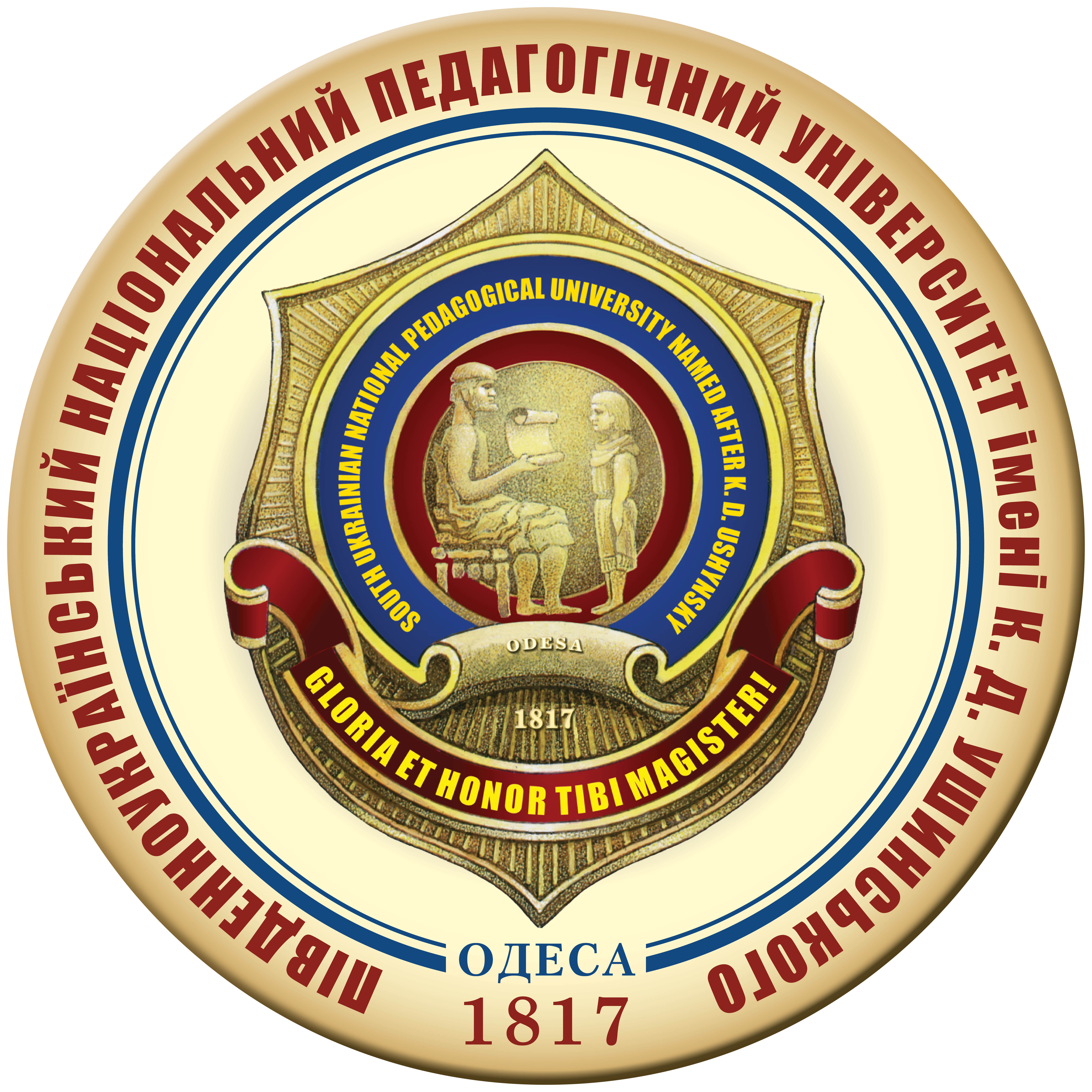THE ROLE OF PHYSICAL AND HEALTH SYSTEMS IN IMPROVING THE LEVEL OF HEALTH OF SCHOOLCHILDREN
DOI:
https://doi.org/10.24195/olympicus/2024-2.17Keywords:
schoolchildren, preparedness, Pilates, aquafitness, fitness, health.Abstract
Relevance of the Problem. The preservation of students’ health is one of the pressing issues of modern times, which holds not only scientific and practical interest but also contributes to solving the economic, social, and demographic challenges of society. The health of students is one of the most important components of a successful educational process and the harmonious development of a child. In contemporary society, where a significant portion of the youth leads a sedentary lifestyle, physical fitness and wellness systems acquire special significance. In this context, the issue of improving students’ physical condition is gaining increasing attention from researchers, necessitating the search for new ways to enhance physical fitness while considering individual characteristics. Objective: To determine the role of physical fitness and wellness systems in enhancing students’ health levels. Research Methods: The study employed theoretical research methods, including analysis, comparison, induction, deduction, systematization, and generalization of scientific and methodological literature. Results: Currently, various fitness technologies hold an important place among wellness systems for students. The diversity of fitness exercises in physical education is significant. They can be part of full-fledged lessons, grouped into blocks, and included in the elective part of the physical education curriculum. Different types of aerobics and stretching can be integrated into variously oriented physical education lessons, such as athletic, gymnastic, or game-based lessons. They help diversify the methods used in the preparatory and concluding parts of the lessons, adding elements of novelty and emotional engagement. These can include fitness gymnastics and acrobatics, classic aerobics with a ball, rope skipping aerobics, game-based stretching with yoga elements, fitball gymnastics, step aerobics, and children’s Pilates, among others. Conclusions: Physical fitness and wellness systems are an integral part of modern education, promoting the comprehensive development of children and the formation of a healthy generation. Their implementation requires support from educational institutions, parents, and the community as a whole, which will ultimately lead to improved quality of life and health for the younger generation.
References
Беляк Ю. Теоретико-методичні основи оздоровчого фітнесу : навч. посіб. Львів : ЛДУФК, 2018. 208 с.
Бондарчук Н.Я., Чернов В.Д. Теоретичні засади використання диференційованого підходу у фізичному вихованні населення різних вікових категорій та його оздоровче значення. Науковий вісник Ужгородського університету. Серія: «Педагогіка. Соціальна робота». 2017. Випуск 2 (41) 34. С. 34–37.
Дмитренко С.М. Впровадження фізкультурно-оздоровчих технологій в систему фізичного виховання студентів. Фізична культура, спорт та здоров’я нації. 2019. Вип. 7. С. 38–42.
Дудіцька С.П. Програмування фізкультурно-оздоровчих занять : навч. посіб. Чернівці : Чернівец. нац. ун-т ім. Ю. Федьковича, 2021. 218 с.
Загура Ф., Лесько О.М., Козіброда Л.В. Вплив занять за системою пілатеса на психоемоційні стани жінок першого періоду зрілого віку. Педагогіка, психологія та медико-біологічні основи фізичного виховання і спорту. 2010. № 8. С. 34–36.
Кашуба В., Гончарова Н., Дудко М., Мартинюк О. До питання підвищення ефективності фізкультурно-оздоровчих занять різних груп населення. Молодіжний науковий вісник Східноєвропейського національного університету імені Лесі Українки. 2016. Вип. 24. С. 9–14.
Кенсицька І., Пальчук М. Особливості мотивації студентів ВНЗ до занять фізичною культурою і спортом. Науковий часопис НПУ імені М. П. Драгоманова. Серія 15 : Науково-педагогічні проблеми фізичної культури (фізична культура і спорт). 2015. Вип. 10. С. 72–75.
Корнієнко С.М. Можливі шляхи збагачення позитивної мотивації фізкультурно-оздоровчої діяльності молодших школярів у системі «родина-школа». Науковий вісник Кременецької обласної гуманітарно-педагогічної академії ім. Тараса Шевченка. Серія : Педагогіка. 2018. Вип. 9. С. 89–97.
Стрельченко Л., Арєшина Ю. Зміст занять оздоровчим фітнесом для дітей молодшого шкільного віку. Фізичне виховання, спорт і культура здоров’я у сучасному суспільстві. 2011. №. 1 (13). С. 28–32.
Язловецька О.В. Впровадження оздоровчого фітнесу в систему фізкультурної освіти молодших школярів. Наукові записки Центральноукраїнського державного педагогічного університету імені Володимира Винниченка. Серія : Педагогічні науки. 2022. Вип. 207. С. 385–390.
Bhawani S. Review on relationship of somatotype variables with different motor fitness components of athletes. International Journal of Scientific & Engineering Research. 2018. Vol. 9(1). P. 1977–1984
Drozdovska S., Andrieieva O., Yarmak O., Blagii O. Personalization of health-promoting fitness programs for young women based on genetic factors. Journal of Physical Education and Sport. 2020. Vol. 20 (1). P. 331–337.
Hakman A., Andrieieva O., Bezverkhnia H., Moskalenko N., Tsybulska V., Osadchenko T., Savchuk S., Myrkovalchuk V., Filak Y. Dynamics of the physical fitness and circumference sizes of body parts as a motivation for self-improvement and self-control in students. Journal of Physical Education and Sport. 2020. Vol. 20 (1). Art 15. P. 116–122.








